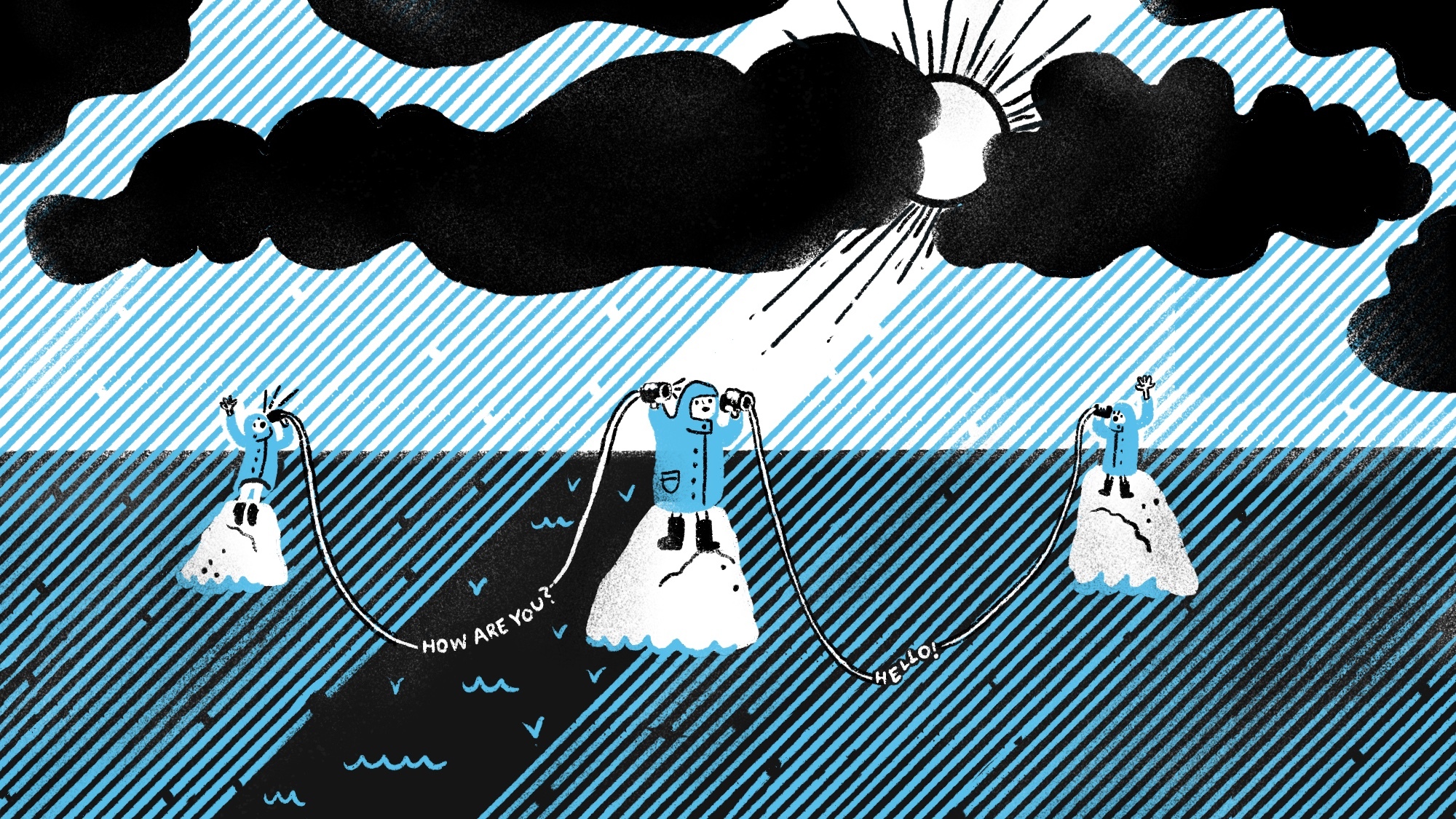
If you’re anything like us, you felt overloaded with Coronavirus and social distancing messages from every brand you know.
While some felt genuine, heartfelt and helpful, most of them were copy_paste "me too’s" that ended up leaving you feeling frustrated, helpless or impossibly misunderstood. And yet, it also felt weird when brands continued to ask for our money or engagement without addressing the obvious elephant in the room.
So we ask ourselves: during an incredibly strange and unpredictable time, what constitutes the necessity for a brand to add their voice to the choir?
If you feel like your brand should speak up, make sure it’s not for your sake; rather for the sake of your audience. Ask yourself, do they need to understand our perspective or hear about our new policies? What is our role in their lives and how can we tailor our content to fulfill that role? And, perhaps most important, it’s essential to take a tone that fits what you’re saying and will resonate with your readers. It’s about really understanding what’s relevant, right now, and how you can uniquely help, add clarity or provide a glimmer of hope.
We’ve seen a wide gamut of brand responses that range from a local yoga studio’s longwinded essay shaming people into taking their virtual classes to a corporate bank’s terse note glazing over the crisis with a quick nod of support.
So, what does an appropriate response look like? Let us examine two examples.
Response A
To assist the efforts underway to slow the spread of the coronavirus, we are closing all stores in North America for the next two weeks. Our focus remains on supporting the health and livelihood of our employees, while caring for our customers and communities. We will provide our impacted store employees with pay continuity and benefits during this two-week period. And, together, we look forward to welcoming our customers back in our stores soon.
*This message is a paraphrased from a longer press release that Gap sent out on March 17, 2020.
The one thing this statement has going for it is that it’s short and to the point. You walk away quickly understanding what you need to as a fan or supporter of the company: you can’t shop here for the time being and they are taking care of their employees (at least for two weeks.)
What doesn’t work is that they’re assuming the role of the hero, “to assist the efforts underway to slow the spread of the coronavirus…” Did the government pull you in to assist? Are you sitting alongside the CDC and WHO and all of the physicians, nurses and medical professionals who are on the front lines? We think not. This authoritative tone doesn’t sit well or feel accurate.
In addition, they copy_pasted what every other corporate behemoth has been saying, “Our focus remains on supporting the health and livelihood of our employees, while caring for our customers and communities.” The issue here is its robotic tone that communicates a sense of obligation; that this is what someone feels they have to say, rather than saying how they really feel. Autopilot responses like this aren’t authentic—and certainly don’t offer any comfort or ease.
Enter response B:
Dear reader,
If the coronavirus pandemic has stirred our darkest fears, it has also illuminated the spirit of human ingenuity. As cities lock down, restaurants are redesigning their business models on the fly. Scientists are crowdsourcing potential treatments with online puzzles. And Good Samaritans are using 3D printers to make new respirator valves for free.
Of course, the next few months will be a trying time for all of us. We know that our society will have to change dramatically to manage the crisis ahead. So reach out to a friend. Pick up a hobby. And practice self-care. In the meantime, we hope you’ll stick with Fast Company as our intrepid staff reports fearlessly on how design, technology, and business are rising to the challenge.
As ever, thanks for reading.
*This is a snippet from a longer article that Benjamin Landy, executive editor of Fast Company, sent out on March 18, 2020.
This is a great example of communicating in a thoughtful way, with an uplifting tone. The author tastefully shares information without being pushy, providing valuable stories that can truly help us cope—or take our minds off this madness. The optimistic word choice gives us hope, and quick links to useful articles allow us to explore at our own pace. We say well done!
No matter how you felt about your inbox full of virus-related messages, communication in times of crisis is vital. But when brands just mechanically send out a press release to every person on their email list, it comes off as just that—inhuman and rote.




